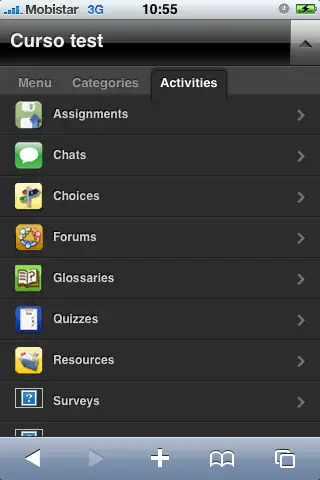Feasibility vs. constraints - learning with mobile phones
Mobile phones have tiny screens and keyboards, and need an agile finger to handle them. Yet some pioners believe mobile phones might be a key learning device for the future, and have even come up with smart ideas to make learning on the go a motivating and interactive approach. No doubts that if mobile learning (mlearning) works, it can potentially reach millions of people, who have difficulties to get access to learning materials, otherwise.

For Steve Vosloo "...The cellphone is the kindle of Africa, until the prices of ebook readers come down..." (Tweet) Steve Vosloo from the M4Lit programm at the Shuttlewoth Foundation in South Africa sees here a potential for youth education. He experiments with an interactive mobile novel (www.kontax.mobi). "We want reading to be social (community) and engaging (interactivity). We’re reaching teens where they are — on their mobile phones". He points out, "Teens don't write enough", but "teens love their phones." So, could technology be an incentive to make youngsters learn?
My friend Inge de Waard is working on another interesting mlearning project around health. In her case, physicians working on HIV/AIDS care, in remote locations, are offered to learn through mobile phones about the latest medical information. "The didactic material consists of 3D animations simulating interactive clinical cases which are adapted to mobile devices." The project is currently developing a mobile version of the well known learning plattform "moodle." This way doctors not only get the course material to their mobile phone, but potentially can interact with colleagues around practice experiences.
For Robert Hawkins of the World Bank the future of education is around ubiquitous learning. "With the emergence of increasingly robust connectivity infrastructure and cheaper computers, school systems around the world are developing the ability to provide learning opportunities to students “anytime, anywhere”.
Mobile learning is still in its infancy, but it might play an important role to deliver tailored information to mobile devices and make it possible to learn anywhere through state of the art knowledge. Nevertheless, the lessons from the One Laptop per Child showed how technology can easily find here its borders. Most important, we learn only about 10% through reading (learning pyramid) and a lot more by exchanging with others and practicing. The last two methods are still very difficult to establish with a mobile phone.